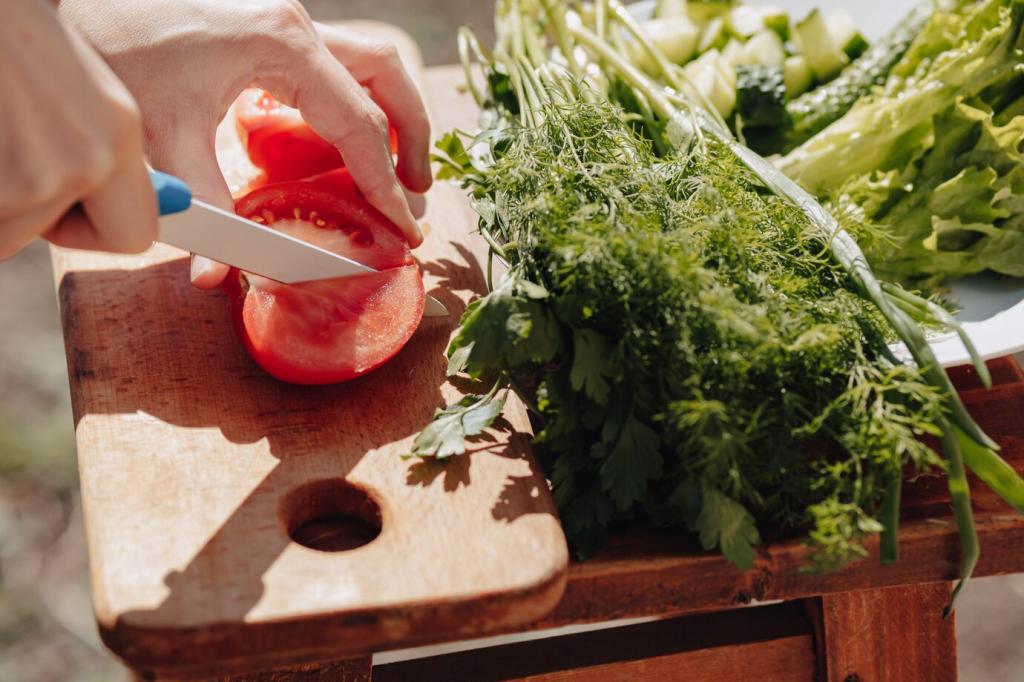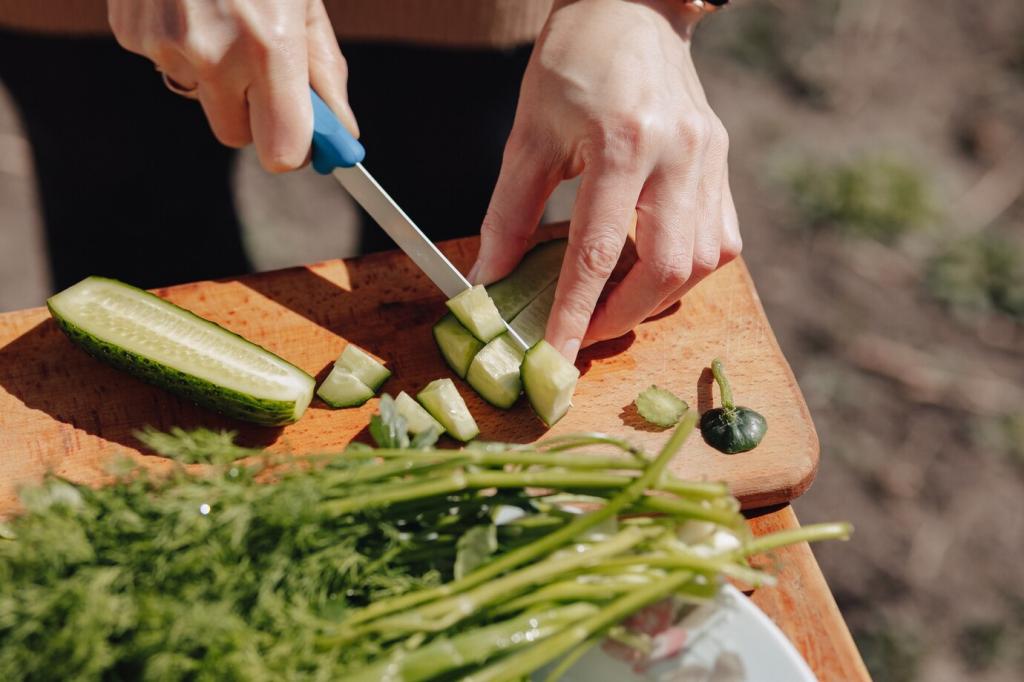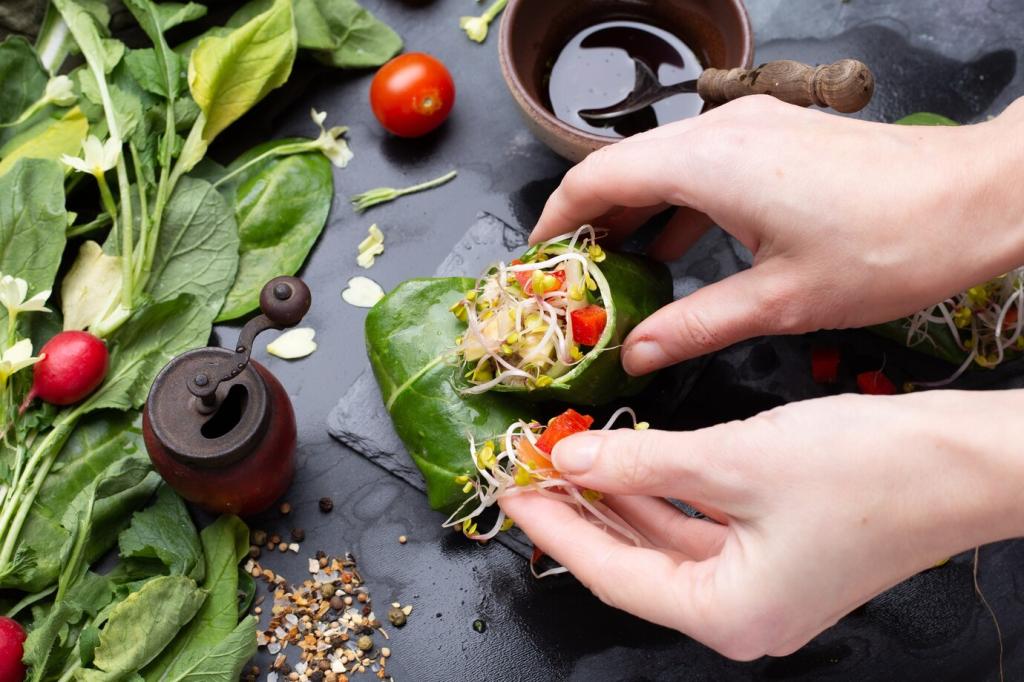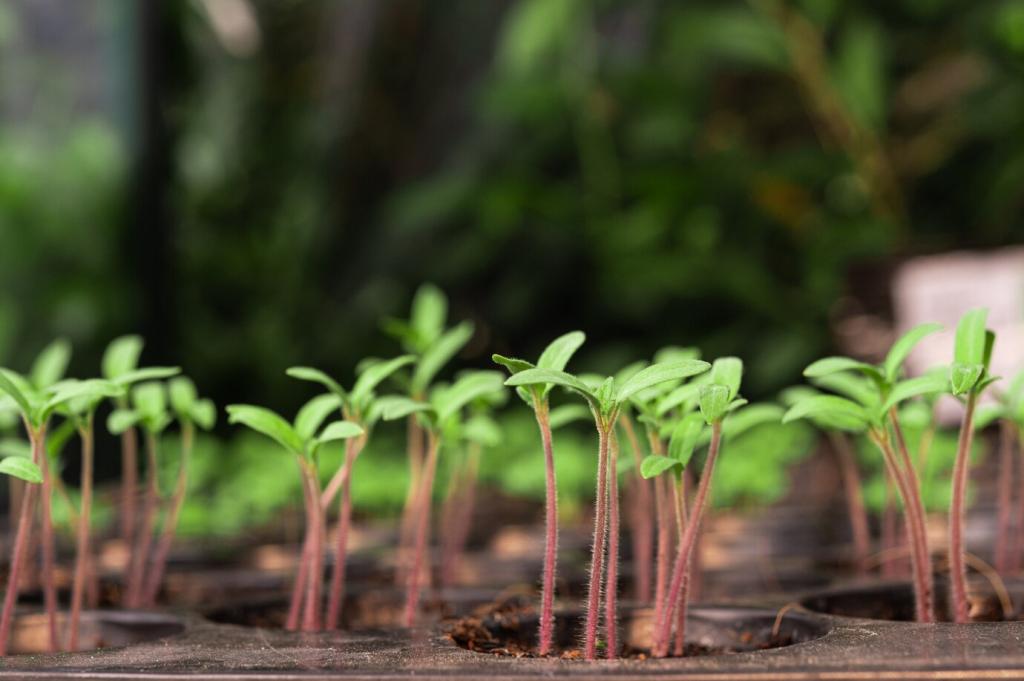Seasonal Planting for Sustainable Harvests
Chosen theme: Seasonal Planting for Sustainable Harvests. Learn how timing, climate cues, and thoughtful rotations can turn your garden into a resilient, abundant ecosystem. Subscribe for monthly planting reminders and share your region to tailor future guides.
Reading the Seasons: Frost Dates, Day Length, and Plant Timing
Knowing your average last spring frost and first autumn frost transforms guesswork into a reliable plan. Tell us your USDA zone or local equivalent in the comments, and we’ll help refine your seasonal planting windows.


Reading the Seasons: Frost Dates, Day Length, and Plant Timing
Many greens bolt when days grow long, while short-day cues trigger root bulking in onions. Align sowing dates with changing daylight to sustain steady harvests without wasteful losses or frantic replanting.
Rotation and Succession: Harvest Without Gaps
Stagger quick crops like lettuce or radishes every 10–14 days. In our trial beds, this simple rhythm delivered weekly salads for months. Comment if you want our printable succession calendar.
Season-Savvy Seed Selection
Select spinach, mache, kale, and winter lettuce strains known for frost tolerance. With row cover, many survive light freezes, extending harvests into shoulder seasons without energy-hungry infrastructure.



Designing Beds and Calendars for Continuous Yield
Place heat lovers in your warmest microclimates and greens where afternoon shade lingers. Keep frequently harvested beds near paths to save time and preserve soil structure.
Designing Beds and Calendars for Continuous Yield
Build a simple calendar that lists sow, transplant, and harvest targets for each crop. We’ll send a template to subscribers—attach your zone and we’ll tailor the dates.
Designing Beds and Calendars for Continuous Yield
Record germination, pest flare-ups, rainfall, and taste notes. After one season, patterns emerge that sharpen timing and variety choices, powering more sustainable harvests next year.
From spring borage to summer zinnias and fall asters, continuous nectar lines up with your crop flowering. Better pollination means fuller fruit sets and less replanting pressure.

